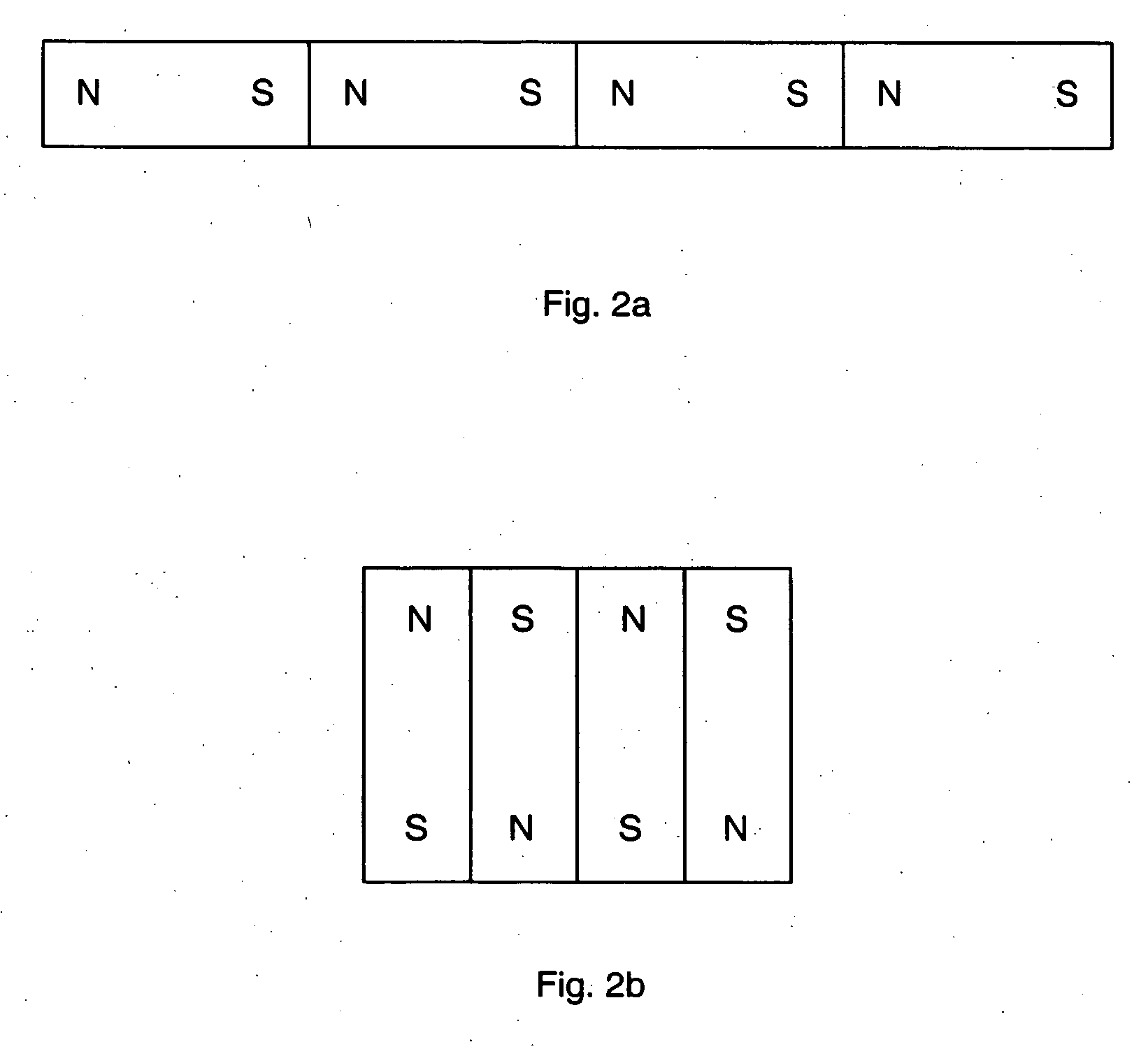Superconducting carbon 12 atomic strings and methods of manufacture of cables containing parallel strings
a technology of carbon 12 atoms and parallel strings, applied in the field of superconductors, can solve the problems of poor conductor of electric current, dicey operation of superconductors, and expensive cryogenic cooling of superconductors
- Summary
- Abstract
- Description
- Claims
- Application Information
AI Technical Summary
Benefits of technology
Problems solved by technology
Method used
Image
Examples
Embodiment Construction
[0061]FIG. 1a shows two atoms with their valence electron paths touching and with their magnetic poles alternating so as to oppose each other in the second way that two magnets will hold together.
[0062]FIG. 1b shows two atoms with their valence electron paths touching and with their magnetic poles joined end to end in the first way that two magnets will hold together. Since two electrons cannot be at the point of touching at the same time, one electron is released for forming superconductivity.
[0063]FIG. 1c shows the top layer of carbon atoms with the magnetic polarity of each atom indicated by either a (+) sign or a (−) sign. Below the edge and looking at the side of a carbon diamond the magnetic poles of each atom is shown by an arrow pointing to carbon atom north poles. As explained under FIG. 1b, there is one superconducting electron floating within the crystal and not bonded to any carbon atom. Note that, looking down from the top, there one superconducting electron released ...
PUM
 Login to View More
Login to View More Abstract
Description
Claims
Application Information
 Login to View More
Login to View More - R&D
- Intellectual Property
- Life Sciences
- Materials
- Tech Scout
- Unparalleled Data Quality
- Higher Quality Content
- 60% Fewer Hallucinations
Browse by: Latest US Patents, China's latest patents, Technical Efficacy Thesaurus, Application Domain, Technology Topic, Popular Technical Reports.
© 2025 PatSnap. All rights reserved.Legal|Privacy policy|Modern Slavery Act Transparency Statement|Sitemap|About US| Contact US: help@patsnap.com



